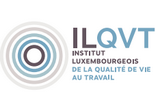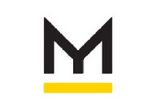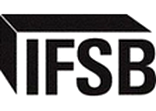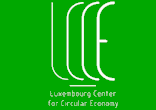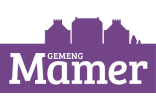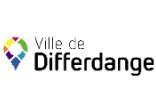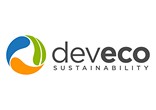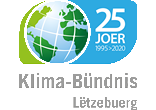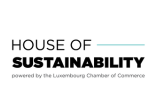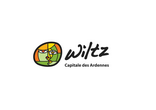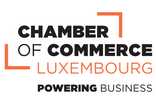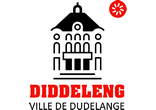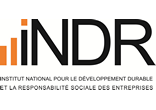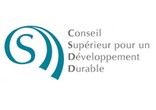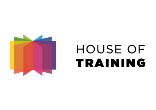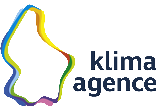
New logistics model developed to support advancement of circular economy
Reverse Logistics Maturity Model allows organizations to assess and develop the optimal reverse logistics processes
Deutsche Post DHL Group, Cranfield University and Ellen MacArthur Foundation’s Circular Economy 100 collaborate on new model to strengthen reverse logistics, a key enabler of the circular economy
Reverse Logistics Maturity Model allows organizations to assess and develop the optimal reverse logistics processes for their products and drive continuous improvement within their supply chain
Deutsche Post DHL Group has collaborated with Cranfield University and the Ellen MacArthur Foundation’s Circular Economy 100 initiative to develop a new logistics model to support efforts to expand the circular economy. In a new report published in April, Waste not, want not. Capturing the value of the circular economy through reverse logistics, the partners have introduced the Reverse Logistics Maturity Model, a practical tool that helps organizations to map out and continuously improve reverse logistics processes for their products.
The circular economy aims to reduce the consumption of raw materials and energy, and to ensure more sustainable, regenerative production and consumption patterns through the circular flow of goods. Reverse logistics plays a critical role in the circular economy by enabling the return of products and components for refurbishment, recycling, redistribution, or extraction and re-use of their useful organic materials.
Deutsche Post DHL Group recognizes the important role that the circular economy can play in contributing to a more sustainable world and we are committed to supporting and enabling its development with our knowledge and global network, said Christof Ehrhart, Head of Corporate Communications & Responsibility, Deutsche Post DHL Group. The Reverse Logistics Maturity Model is a valuable tool for any organization that is committed to embedding the circular economy more integrally into their supply chain. It also highlights the opportunities that exist for logistics companies to adapt and expand their services and approaches to support the circular economy, which in turn creates additional value both for business and the environment.
The Reverse Logistics Maturity Model was developed based on company interviews, exploratory workshops, as well as applied logistics and academic expertise. Understanding reverse logistics’ requirements is crucial to manage return and recovery, says Professor Simon Pollard, Pro-Vice-Chancellor of Water, Energy and Environment at Cranfield University. As a first step, the model identifies three main ’archetypes’ - base scenarios and requirements for reverse logistics set-up, driven by different product and business model attributes. It then provides a template for mapping out reverse logistics activities based on their place in the circular economy value chain and their decision dimension within an organization. After this, it looks at ’maturity’ - the level of sophistication of project management that is being applied to the reverse logistics activities. Once these steps have been undertaken, organizations can identify how to reach a level of continuous improvement in their supply chain and move further on the path to a circular economy.
The Reverse Logistics Maturity Model is designed to enable businesses to scale-up their reverse logistics systems, a crucial element in closing material loops in the circular economy. It is a concrete outcome of collaborative projects developed through the CE100 program, said Andrew Morlet, Chief Executive of the Ellen MacArthur Foundation.
The Circular Economy 100 was established by the Ellen MacArthur Foundation in 2013 in order to enable organizations to develop new opportunities and realize their circular economy ambitions faster. It brings together companies, government entities, academic institutions and other innovators to learn and collaborate on advancing the circular economy. Deutsche Post DHL Group was accepted into the group in 2015 in recognition of its efforts in optimizing supply chains, its leading reverse logistics capabilities and the wide-ranging initiatives to address environmental protection and carbon efficiency within its GoGreen program.
Communiqué par Deutsche Post DHL Group


